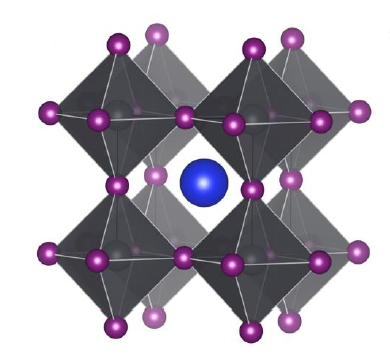How Physical Chemistry advances Materials Science: solid-state NMR of lead halide perovskites for optoelectronics
NaMeS students are invited to IPC PAS Seminar within Dream Chemistry Lecture Series delivered by:
Dominik Kubicki, PhD
Ecole Polytechnique Fédérale de Lausanne (EPFL), Switzerland
Wednesday, 19th December, 2018, 12.30
Assembly hall of the IPC PAS
Abstract
Organic-inorganic lead halide perovskites are a promising family of light absorbers for a new generation of LEDs and solar cells, with reported efficiencies currently exceeding 22%. The field of perovskite photovoltaics is largely driven by systematic optimization of numerous parameters affecting the performance of perovskite solar cells. Such a trial-and-error approach, not backed up by atomic-level understanding of the reasons behind successes and failures, makes rational design of new compositions with better properties extremely difficult.
Here, I will show how we use high-field multi-nuclear (1H, 2H, 13C, 14N, 15N, 133Cs, 87Rb, 39K) solid-state magic angle spinning NMR to provide for the first time atomic-level understanding of the different doping strategies used to improve photovoltaic performance of lead halide perovskites. These advances were largely enabled by a new solid-state method of synthesizing highly pure and crystalline lead halide perovskites: mechanosynthesis.




